Nap Your Way To a Healthy Heart
With World Heart Day set to be observed next week, our concierge family doctors at MD 2.0 in Jupiter want to draw your attention to a new study about the part twice-weekly naps can play in improving heart health.
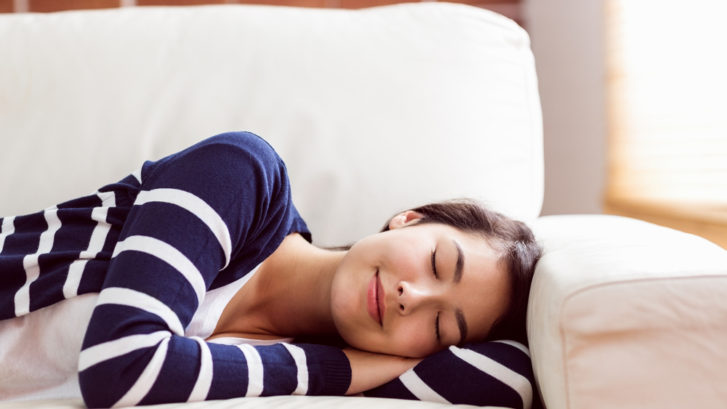
With World Heart Day set to be observed next week, our concierge family doctors at MD 2.0 in Jupiter want to draw your attention to a new study about the part twice-weekly naps can play in improving heart health.
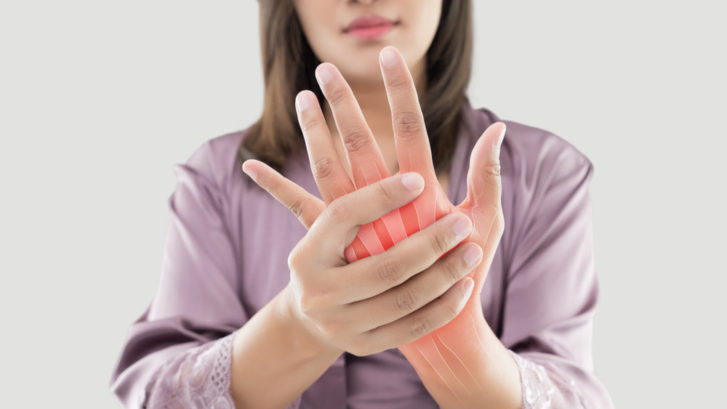
September is Arthritis Awareness month, so our concierge family practice doctors at MD 2.0 in Jupiter want to provide the facts about this debilitating condition that affects 53 million American adults and 300,000 children.
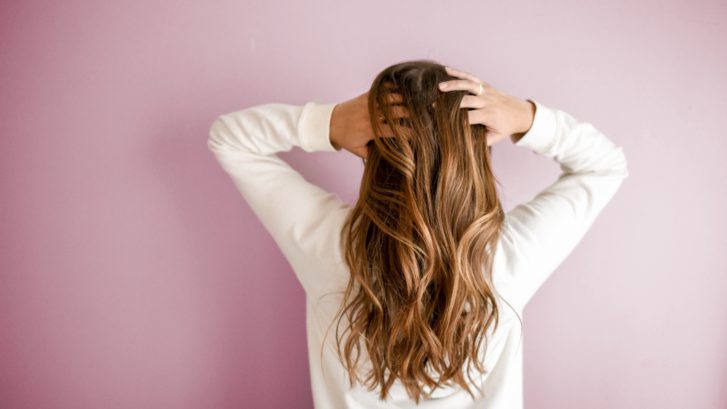
It’s back-to-school time, and one thing you may not be prepared for is your child coming home from school with a lice infestation. If the very thought is making your skin crawl, our concierge family doctors at MD 2.0 in Jupiter want to assure you that, while head lice are annoying and distasteful, they are not dangerous.

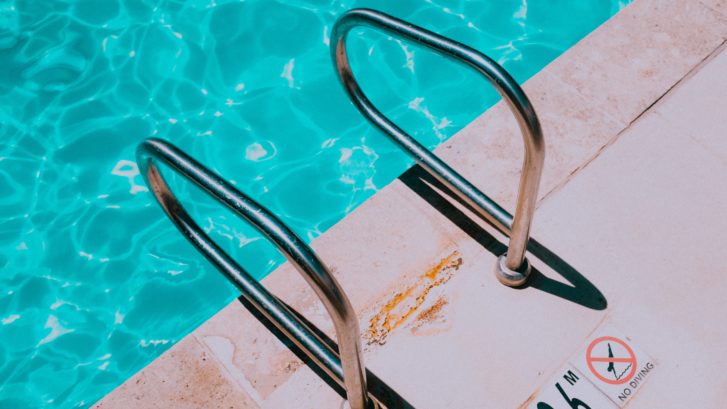
What would summer be without the silky feel of warm water caressing hot skin as you glide across a swimming pool?
But as a timely reminder that nothing is perfect, this month the U.S. Centers for Disease Control and Prevention (CDC) in Atlanta published a report warning swimmers to take precautions against a microscopic parasite that can take up residence in pools and water playgrounds. So our concierge family practice doctors at MD 2.0 in Jupiter want to alert you to this possible hazard.
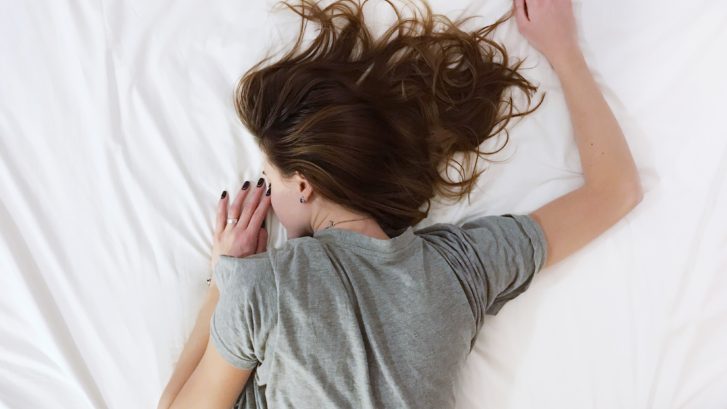
The concept of air conditioning was first proposed by Florida physician and inventor Dr. John Gorrie in the 1840s. Gorrie believed that cooling was the key to avoiding diseases like malaria and making patients more comfortable, but his rudimentary system for cooling hospital rooms required ice to be shipped to Florida from frozen lakes and streams in the northern United States.
To get around this logistical challenge, Gorrie began experimenting with the concept of artificial cooling. He designed a machine that created ice using a compressor powered by a horse, water, wind-driven sails, or steam, and was granted a patent for it in 1851.
But it wasn’t until 1902 that Willis Carrier perfected the process and introduced it at the St. Louis World’s Fair in 1904.
Nowadays, most Americans, especially here in Florida, have air conditioning in their homes. But if you’re one of those who prefer not to use it, or if your power goes out, or you travel somewhere that lacks it, our concierge family practice doctors at MD 2.0 in Jupiter want to offer some tips on how to get a good night’s sleep in the summer heat.
The only thing worse than having insomnia is having insomnia on a hot summer night. To keep your cool, try the following.
According to the National Sleep Foundation (NSF), if you are sleeping and the temperature rises above 75 degrees Fahrenheit, it can wake you up. So be sure to keep the room as cool as possible by:
• closing the blinds and windows during the day to prevent heat buildup during the hottest part of the day;
• using a fan to keep the air circulating and supply “white noise” to block out street sounds;
• placing a bowl of ice or ice packs in front of the fan, which will help chill the air;
• dampening a sheet and hanging it across the window, both to block out light and heat, and to take advantage of cooling evaporation as it dries.
• Use cotton, linen, or bamboo sheets, which provide breathability. Also avoid high-thread-count sheets, which tend to trap body heat. Opt for sheets with thread counts under 400.
• Some pillows—like those stuffed with buckwheat—are specifically made to stay cool. Or you can try putting your pillow inside a plastic bag in the freezer for an hour or so before bedtime. Alternatively, place ice packs inside the pillowcase.
• Remove all extraneous bedding, including blankets and extra pillows, which tends to hold heat.
• Avoid alcohol or heavy meals—especially carb-heavy foods—in the evening. Alcohol dehydrates you as well as making you feel hotter, and large meals produce extra heat in your body during digestion.
• Take a cool bath or shower or a dip in the pool just before bedtime. The evaporation of the moisture on your skin acts to cool you.
• Fill a hot water bottle with water and freeze it, then take it to bed and place it beneath your knees or neck, or on your chest or wrists.
• Be sure to stay hydrated throughout the day, because your body needs water to help keep you cool.
• Remember that warm air rises, so if you have the option, sleep on the lowest floor in the house.
If you’re still having trouble getting sufficient shut-eye in the summer, you might try the supplement melatonin. A hormone made by the pineal gland, it has been used successfully by many people for sleep issues. Most people can take it without a problem, but some experience such side effects as dizziness, anxiety, or daytime sleepiness. It is also contraindicated for those taking several medicines (blood thinners, birth control pills, and immunosuppressants, among others). So check with us first.
In extreme cases, let us know. If necessary, we can prescribe sleep medications for a few nights. These will help you sleep but can also induce troublesome side effects. Ideally, they should be used only for short periods of time in conjunction with cognitive behavioral therapy. We can also recommend various types of sleep studies that might help pinpoint more serious issues such as sleep apnea.
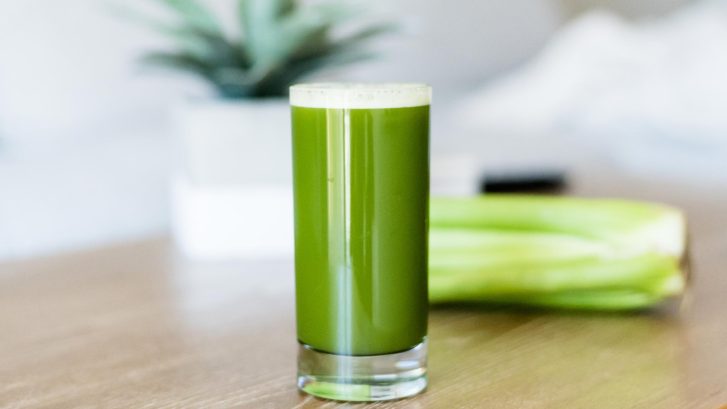
Our concierge family practice doctors at MD 2.0 in Jupiter have been receiving questions lately from some of our patients regarding the latest fad in “miracle cures,” celery juice. Touted on the Internet, in women’s magazines, and in a recent book as the answer to everything from diabetes to heart disease to heartburn, the benefits attributed to daily consumption of celery juice seem too good to be true.
So we thought we’d take a look at some of the claims for the efficacy of celery juice and see whether there’s any science behind it.
The claims
Celery juice, the so-called “miracle elixir,” is said to contain “previously unknown sodium cluster salts that actually neutralize pathogens secretly causing hundreds of symptoms and conditions.” The juice is also said to reduce inflammation throughout the body, which is known to trigger numerous health issues.
As a result, proponents claim, a daily glass of celery juice can lower blood pressure, reduce LDL (known as the “bad” cholesterol), ease arthritis, asthma, joint pain, and a host of other chronic illnesses, as well as promoting rapid and effortless weight loss and even curing some cancers.
The reality
Celery is a healthy vegetable, containing such vitamins and minerals as vitamins C and K, folate, calcium, potassium, and magnesium. And, like other vegetables, it is high in antioxidant polyphenols, known to reduce inflammation, boost the immune system, and neutralize free radicals which are responsible for cellular damage. But what about the “miracle elixir” claims?
First of all, nutritionists say there is no such thing as “sodium cluster salts.” Celery does, however, contain salt, and juicing the vegetable concentrates the amount of salt you get. The recommended intake of celery juice is 16 ounces in the morning, 30 minutes before breakfast. One bunch of celery, the amount needed to make 16 ounces of celery juice, contains approximately 800 mg. of sodium, The Washington Post reported recently.
“That’s more than you’ll get in two orders of french fries,” Charleston, S.C.-based registered dietitian Debbie Petitpain told The Post. Petitpain is a spokeswoman for the Academy of Nutrition and Dietetics.
Second, while inflammation can be a trigger for many serious and even deadly illnesses (see our recent blog, “Inflammation: The Silent Killer”) there’s no evidence that celery juice can reduce inflammation any better than numerous other fruits and vegetables, including beets, cabbage, parsley, or lettuce.
Finally, juicing any fruit or vegetable extracts some of the healthy fiber they contain. Fiber is not only filling, it helps maintain regularity, prevents the development of diverticulitis and hemorrhoids, and lowers cholesterol and blood glucose levels.
The conclusion
“There is no one ‘superfood’ that can meet all of our daily requirements,” Petitpain told The Post. “And in fact, research continually shows that the best nutrition comes from consuming a variety of food groups and various foods within each group.”
The popular book on celery juice also recommends, in addition to the morning drink, a diet high in fruits and vegetables, free of dairy, sugar, and processed foods. This alone would lead steady weight loss and better health overall, even without the juice.
There is no question that celery is high in many nutrients and antioxidants that can help alleviate many diseases. Unless you’re allergic to celery, as some people are, there’s no reason not to try it if you’re not on a low-salt diet.
But we believe that the most sensible eating plan is one that includes a wide range of fresh fruits, vegetables, low-fat meats and seafood, whole grains, legumes, and nuts. If you’d like more information on this or any related topic, be sure to contact us.
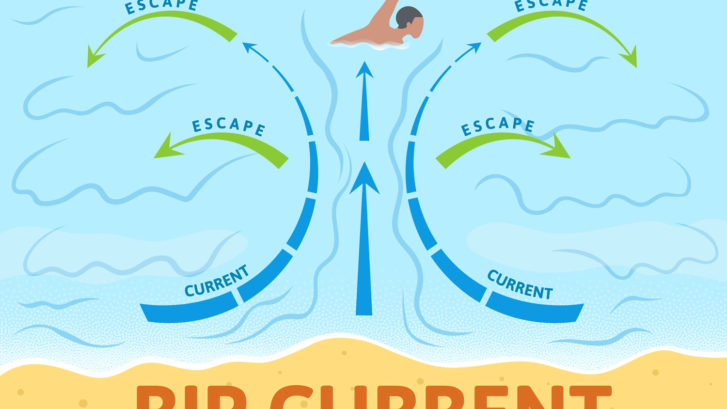
This week is National Rip Current Awareness Week, so our concierge doctors in Jupiter want to acquaint you with this common, often-deadly, phenomenon. The National Weather Service (NWS) has already reported 17 surf zone fatalities nationwide this year, including one in Jupiter, and another nearby, from rip currents. The beach, while beautiful, needs to be approached respectfully.
An average of 100 people die in rip currents every year, and nearly 80 percent of all rescues—30,000 a year—made by lifeguards at ocean beaches are from rip currents. Although they can occur at any time, they are especially prevalent when the ocean is churned up with powerful offshore storms.
But bad weather is not necessarily a requirement for developing a rip current. Great weather for the beach does not always mean it’s safe to swim, or even to play in the shallows. Rip currents often form on calm, sunny days.
Rip currents are often incorrectly called “rip tides.” A tide is something different: a very gradual change in the level of water, occurring on a regular basis over a period of hours.
A rip current is a powerful, narrow channel of fast-moving water that can rush at speeds of up to eight feet per second, pulling swimmers away from the shore out into open water. They usually extend through the line of breaking waves, but can flow a hundred yards or more offshore. They can be as narrow as 20 feet or as broad as several hundred yards wide.
Often referred to as “undertow,” rip currents don’t actually pull swimmers under the water. The strongest pull is actually felt about a foot above the bottom of the ocean’s floor, which can knock your feet out from under you, making you feel you’re being pulled under, even though you’re not. But because of the current’s power, as the shoreline rapidly recedes, swimmers panic, struggle, exhaust themselves, and drown.
Rip currents are most prevalent at low tide, when the water is already receding from the beach. They are also more likely to occur with a strong onshore wind.
Though often difficult to discern from the shore, some of the telltale signs are:
Remember, though, that many rip currents are completely invisible. The only time you can be certain there are no rip currents hidden in the water is if there are no breaking waves. No waves, no rip.
 The U.S. Lifesaving Association (USLA) warns that not even Olympic swimmers can swim against a rip current, because the pull is simply too powerful. According to the USLA, the most important thing to do when caught in a rip current is to remain calm. This helps you conserve energy and think clearly. Realize that you will not be pulled indefinitely out to sea; remember that most rip currents dissipate within a hundred yards of shore.
The U.S. Lifesaving Association (USLA) warns that not even Olympic swimmers can swim against a rip current, because the pull is simply too powerful. According to the USLA, the most important thing to do when caught in a rip current is to remain calm. This helps you conserve energy and think clearly. Realize that you will not be pulled indefinitely out to sea; remember that most rip currents dissipate within a hundred yards of shore.
Finally, never swim at a beach without a lifeguard nearby. The USLA reports that the chances of drowning at a beach with a lifeguard are 1 in 18 million.
If you have concerns or questions about this or any other health-related topic, please feel free to contact us.

Our concierge family doctors in Jupiter understand that, in a world dominated by screens, trying to limit your children’s screen time can be a daunting task. But the World Health Organization (WHO) recently released new guidelines that largely track those issued two years ago by the American Academy of Pediatrics (AAP).
First, let’s define what constitutes “screen time.” The AAP defines it as time spent using digital media for entertainment purposes. The organization does not include time spent doing homework in its recommendations. The WHO has a similar definition of passively watching entertainment on a screen. But the overall thrust of its guidelines were aimed, not just at the sedentary activities of viewing computers, smartphones, and televisions, but at improving physical health through sufficient exercise and sleep.
In addition, the AAP guidelines addressed screen time for children of all ages, while the WHO recommendations focused on children under age five.
Both groups recommend no screen time at all for infants 18 months and younger.
“The noise and activity of a screen are distracting for a child,” Dr. Yolanda Reid Chassiakos told CNN. Chassiakos is the lead author of the AAP’s report. She said banning screen time for babies is crucial, not only for brain development but for healthy parent-child connections.
“Even if the baby isn’t directly looking at the screen—for example, if a mother is nursing her child on the couch while watching TV—the baby can be overstimulated by the lights and sounds, which may cause distress and sleep problems.”
Chassiakos also noted that screens tend to interfere with creating intimate bonds between parents, children, and siblings and that tech-free bedrooms can help promote better sleep. Other experts have warned that screen time may inhibit a child’s ability to develop language and social skills.
The WHO took these recommendations a step further, noting that improving physical activity and sleep among young children, while limiting sedentary behaviors such as screen viewing, can help prevent problems later in life stemming from becoming overweight and out of shape.
Here are the WHO’s new guidelines:
Infants younger than one
Children between one and two
Children between three and four
“Too often, I see tired, overscheduled kids who eat on the run during the week and become sedentary on weekends because they are exhausted,” Dr. Jennifer Shu, an AAP spokeswoman, told CNN.
As always, we are here for you and your family, so feel free to consult us regarding any questions you may have about shielding your children from excessive screen time.

Because May is Skin Cancer Awareness Month, our concierge family doctors in Jupiter want to share some facts with you about this often deadly, yet preventable, disease.